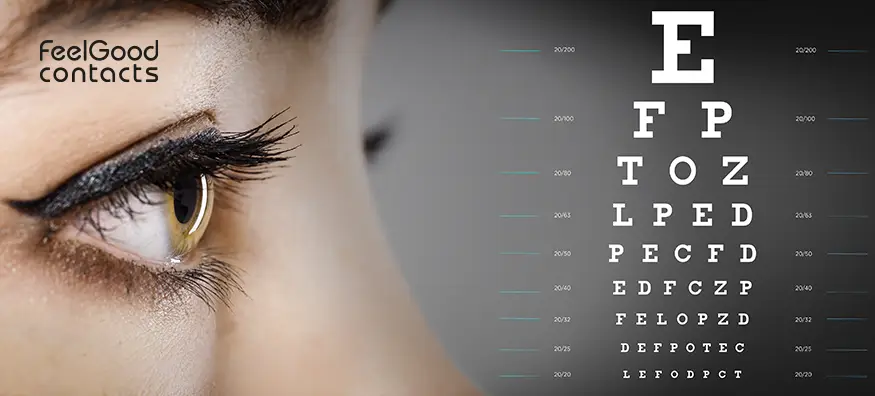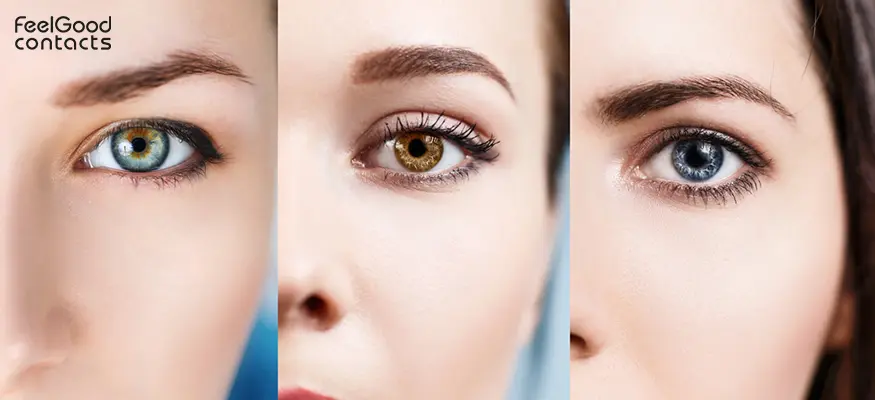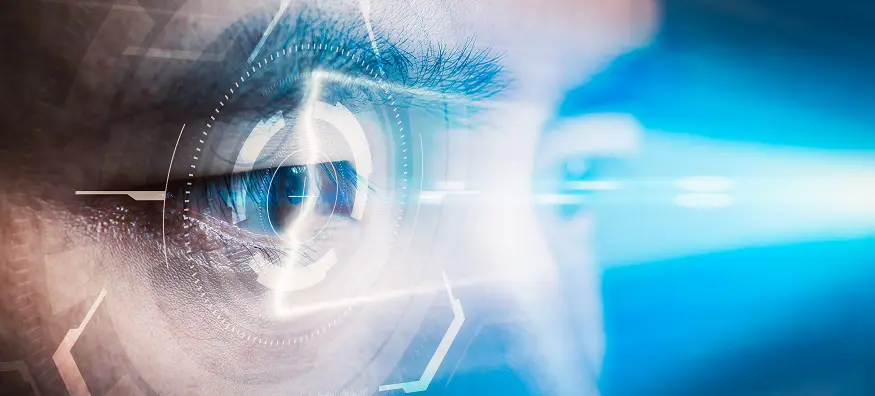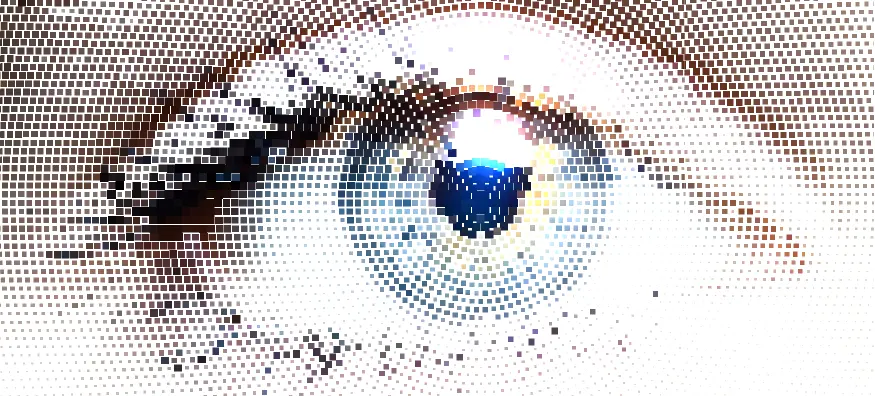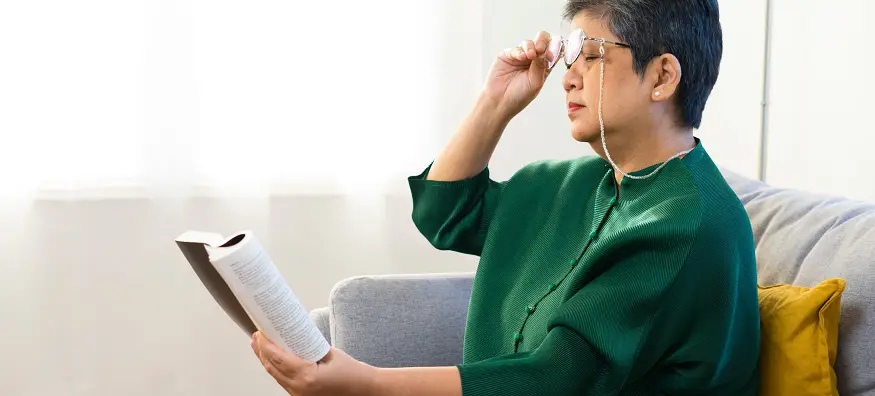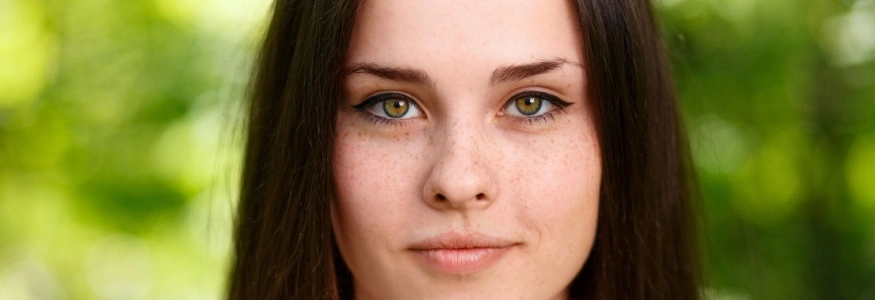
What is the most rare eye colour?
The rarest eye colour of those that we commonly see is green, with just 2% of the world having green eyes. Brown is the most common and we are also used to seeing blue eyes. Grey and hazel eyes are also rarer to see.
What determines eye colour?
Melanin is responsible for the coloured part of the eye, which is known as the iris. Melanin is also the same pigment which gives us our skin colouring. The amount of melanin determines how dark or light your eyes are. A lack of pigment causes hair and eyes to be lighter. More melanin means that one will have darker skin and eyes.
The more melanin you have in your eyes, the darker they will be. Your eye colour is usually set at around the age of 3 years old. However, you can change the colour of your eyes with coloured contact lenses.
What eye colours are there?
Blue eyes, can be many varying shades of blue. There is also a lot of variation in the other eye colours, but we broadly classify eye colours into several groups, although there is come crossover.
Green eyes
Green eyes are a combination of light-brown and a yellowish pigmentation, known as lipochrome. This colouring in combination with the scattering of light (Rayleigh scattering) causes the iris to appear green. This is why green eyes can often look different depending on the weather and lighting.
Green eyes are a low level of melanin which is less than that brown eyes but more than blue eyes. This makes them unique and is perhaps one of the reasons why many believe green to be the most attractive eye colour.
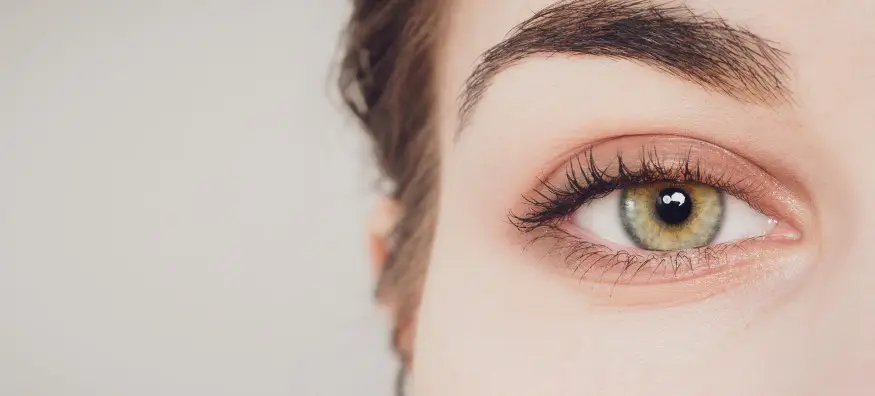
Hazel eyes
Hazel eyes are a combination of green and brown blended together. They often feature a bronze colour towards the outer edge of the iris with brown, green and golden streaks near the pupil. Hazel eyes tend to change shades from time to time. This is because they can reflect light in unusual ways which gives the illusion of a changing eye colour.
Blue eyes
Blue eyes are the second most common eye colour in humans. They do not have a blue pigment but rather a lack of melanin which can cause certain risks such as age-related macular degeneration, ocular cancer and cataracts. This is because they are more susceptible to damage from UV light.
People with light blue eyes should take extra care to wear sunglasses with 100% UVA and UVB protection when out and about. If you wear glasses and have blue eyes, photochromic lenses are an excellent option as they automatically darken when exposed to sunlight and protect the eyes from ultraviolet radiation.
Brown eyes
Brown is the most common eye colour in the world and can range from dark chocolate hues to lighter chestnut shades. Sometimes the brown pigment in eyes can appear black as they tend to blend with the pupil of the eye; however, this is an illusion as black irises don’t exist. Despite the popular myth that most babies are born with blue eyes, this is a misconception as most new-borns actually have brown eyes.
Other eye colours
Other rare eye colours include grey eyes which sometimes have streaks of gold, amber and brown, red/pink eyes which can sometimes appear violet and heterochromia. Amber eyes are also incredibly rare and are a yellowish-brown colour.
Unusual eye colours
The most unusual eye colours make up 1% of the population. Grey eyes are amongst the rarest eye colours and while many associate grey eyes with being blue, they are not quite the same despite them both having low levels of melanin.
Pink and pale red eyes are also incredibly unusual eye colours and occur in people who have albinism. Albinism is a genetic condition when there is an absence of melanin which causes tiny red blood vessels to appear visible. Out of all the unusual eye colours, pink and red are the rarest in the world. According to the National Organization for Albinism and Hypopigmentation, only one in 20,000 people have albinism.
Heterochromia is also rare. This is when one iris or part of it is a different colour to the other iris. Heterochromia is very uncommon and is seen in less than 1% of people.
Is there a violet eye colour?
Those with the albinism condition can have violet-coloured eyes. The famous actress Elizabeth Taylor had blue eyes, but under certain light conditions or when wearing certain eyeshadow colours, her eyes could look purple. Lighter coloured eyes in particular can look different in different lights.
Where do rare eye colours originate from?
Rare eye colours originate from genetic mutations. Scientists believe that thousands of years ago, everybody in the world had brown eyes. They believe that the first person to have blue eyes had a genetic mutation that caused the body to reduce its melanin production.
Blue eyes are most common in the UK, Ireland, Finland and Sweden. Just 8% - 10% of people in the world have blue eyes, according to World Atlas.
Between 55% to 79% of people have brown eyes with dark brown eyes being most prominent in Africa, East Asia, and South East Asia. Light brown eyes are most common in West Asia, America and Europe.
Green eyes affect around 2% of people worldwide; however, they make up 86% of the population in Ireland and Scotland. People are not born with green eyes; they usually develop at around 6 months old. Green eyes originate from areas around the Caucasus Mountains.
Around 3% off people in the world have grey eyes. They are most common in Northern and eastern Europe.
Only 1% of people have pink and pale red eyes; they are typically albinos. Albinism happens when there is a problem with one of the genes inherited from the mother.
Like red eyes, heterochromia is rare and effects less than 1% of the population. Heterochromia is the result of a genetic mutation caused by variations in the distribution and concentration of melanin. However, it can also be caused by an eye injury or a medical condition.
Celebrities with rare eye colours
Celebrities who stand out particularly for their rare eye colours include Charlize Theron and Emma Stone who have green eyes. Surprisingly, there are also quite a few celebrities with different eye colours (heterochromia) including Mila Kunis and Kiefer Sutherland.
Many believe that David Bowie had two different coloured eyes, but that isn’t true. He actually had a condition known as anisocoria. This caused his pupils to be different sizes and gave the illusion of different coloured eyes.
Disclaimer: The advice and suggestions in this blog are for informational purposes only and are not a substitute for medical care. Before trying any products or remedies, consult with an eye care professional. See our Editorial Policy for details on how we review our blog.

















